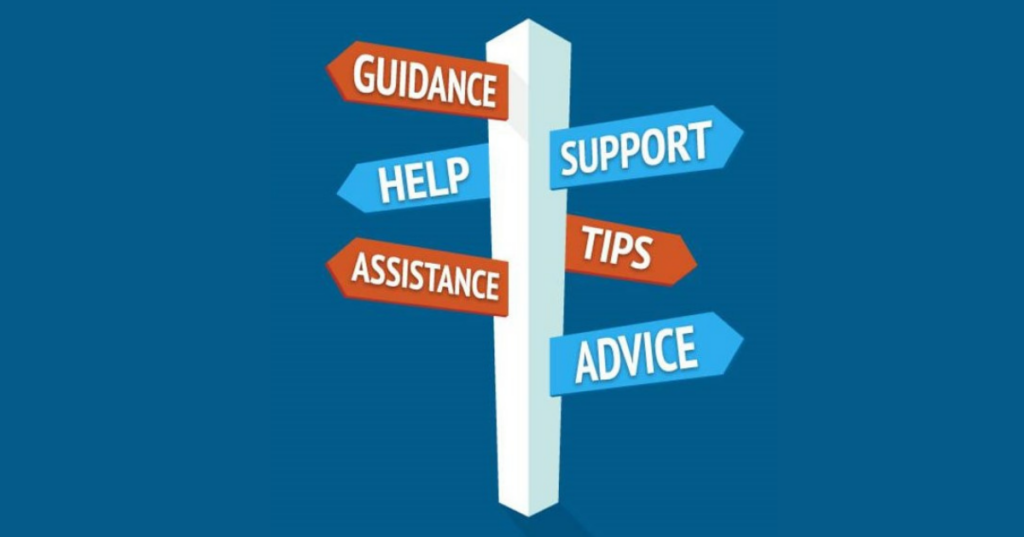Choosing the Right EAP for Workplace Mental Health

As more and more people transition from their in-home Zoom rooms back to the physical office, employers are finding that many workers need additional support. As we enter the phase of “learning to live with the virus,” organizations are seeing that their workforces will continue to need access to enhanced benefits for a long time to come.
For many employers, employee assistance programs (EAPs) offer an effective solution and critical benefits to workers. EAPs provide a stand-alone suite of easy-to-access services and resources to employees, often including mental health support through counseling, assessments and referrals. Beyond mental health, EAPs assist managers and employees on a range of issues, from legal service to childcare and beyond. Family members are also eligible for support under many programs.
Choosing the right EAP vendor can be difficult, especially as the number of programs have skyrocketed in recent years. Organizations including the American Psychiatric Association Foundation and the Society for Human Resource Management (SHRM) have created helpful tools to guide employers seeking to add EAP offerings.
The process starts by clearly defining the scope of services you want your EAP to cover and doing your due diligence to make sure these services are effective. With counseling, it’s not enough just to provide 24/7 access; counselors need to be trained clinicians who can assess individual needs and provide high-quality support.
Top EAPs also offer multiple channels for accessing services – from in-person and phone to video counseling and engaging apps. Different workers have different comfort levels in how they interact with counselors, so choosing the right EAP can play a big role in getting employees to take advantage of the services offered.
Once an EAP is selected, employers need to clearly communicate the services available to managers and workers. This can help reduce the stigma around using mental health services and raise awareness among employees that employers take their emotional wellbeing seriously.
As EAPs get up and running, companies should be proactive in monitoring the quality of the programs and their impact on employees. Leading EAP vendors should provide regular reports and reviews that go well beyond merely logging the number of phone calls to include hard data on employee outcomes.
Finally, EAPs should become familiar both with an organization’s business operations and with the additional benefits and services they offer their employees and covered dependents. Knowledge on both of these fronts will ensure that an EAP provider can design the right suite of resources for each organization, and can help target support to the workforce using existing resources that should already be at arm’s length for the employees.
The good news is that, done right, EAPs can be highly effective. The 2021 Workplace Outcome Suite (WOS) report found that over a decade-long period, EAPs significantly improved employee engagement, reduced distress in the workplace and increased overall life satisfaction. EAPs were shown to be effective in addressing mental health challenges, work-related stress, marital or family issues and substance abuse issues.
A March report by the World Health Organization (WHO) found that the COVID-19 pandemic drove a staggering 25% increase in depression and anxiety. These and other mental health challenges will impact the workplace for decades to come. If your company is not already offering an EAP, now is the time to act.
